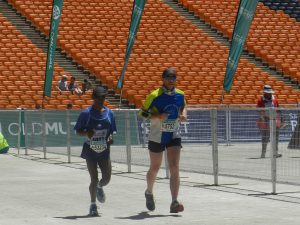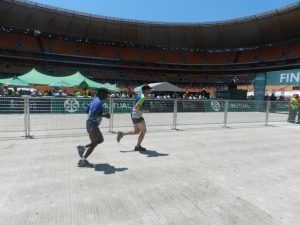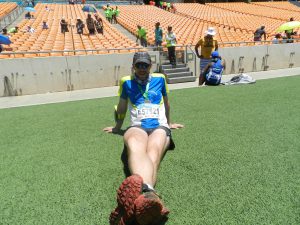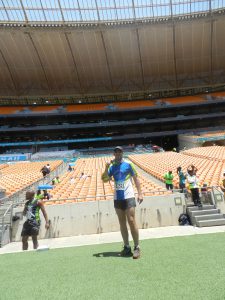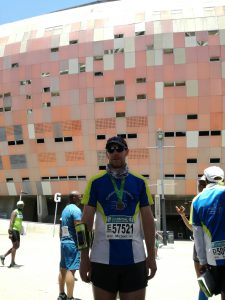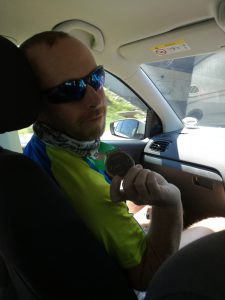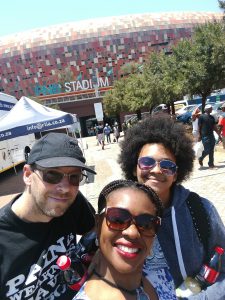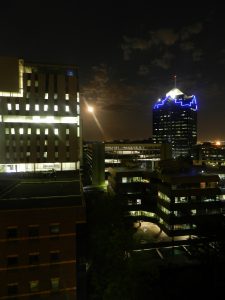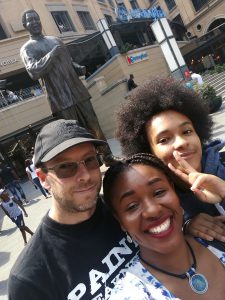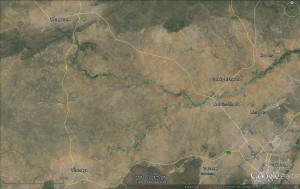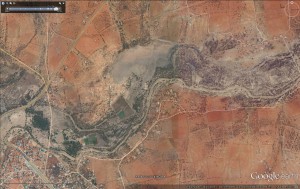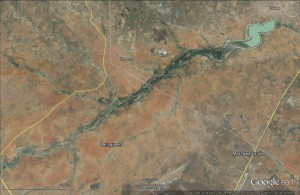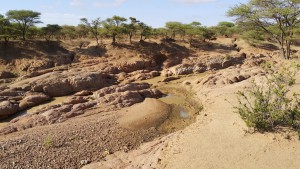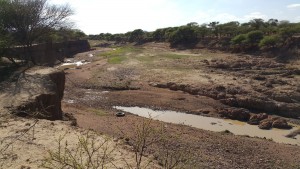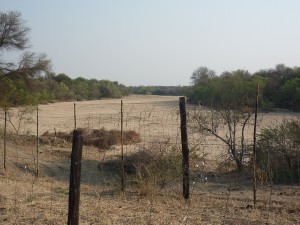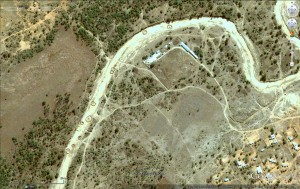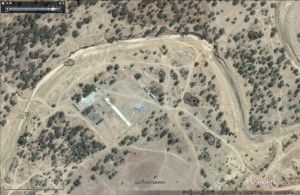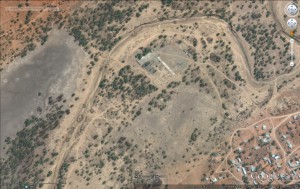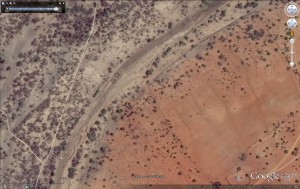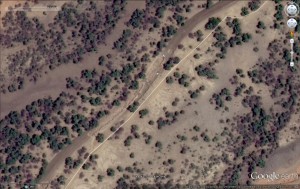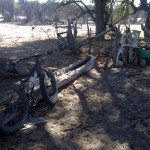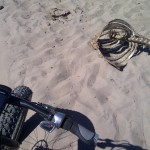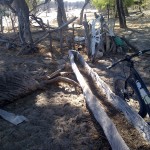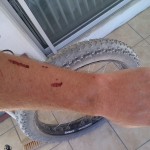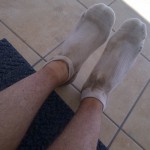It’s 10 months since my last post (so much for the “I will write more” resolution), and the theme is the same: I ran another marathon (with another one coming up in just over a month). Yes, I’m the subject of the joke that goes “How do you know whether somebody has run a marathon?” answered by “They’ll tell you about it.” However, if one person reads the post and thinks “I’ll try that” then it’s worth it.
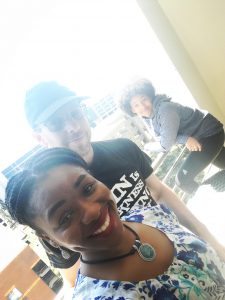
Thanks to convenient school mid-term holiday Gwyneth was able to join us this time.
The Preparation
Fresh from my relative success at the Diacore Gaborone Marathon I decided to follow a similar training plan mixing up rowing, running, and cycle commuting.
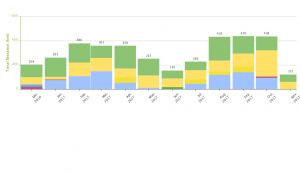
Both events happened early in the month (May and November, respectively), so the main training load can be seen in the preceding three months.
| Diacore | all in km | |||
| Run | Ride | Row | ||
| Feb-17 | 160 | 113 | 108 | |
| Mar-17 | 102 | 110 | 149 | |
| Apr-17 | 187 | 118 | 54 | |
| Total | 449 | 341 | 311 | 1101 |
| Soweto | ||||
| Run | Ride | Row | ||
| Aug-17 | 199 | 117 | 119 | |
| Sep-17 | 145 | 153 | 141 | |
| Oct-17 | 115 | 217 | 94 | |
| Total | 459 | 487 | 354 | 1300 |
I managed to put in an extra 200km of effort: only 10km running, but 140km cycling and 40km rowing. The difference in rowing is just because of when I completed the rowing plan: for Diacore I started about one week earlier. Cycling I just managed to put in more commuting distance. Due to a change in work I missed out most evening bus runs in October, and also got hammered two weeks before the event with an attack of shingles.
The Event
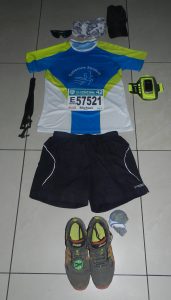
The run itself was good. Lots of hills, which I like, and lots of people to chase down when churning a steady pace up and down hill. Provision of refreshments was a significant step up from Diacore with well stocked refreshment tables.
My refreshment strategy was a cup of coke and water sachet at pretty much every table: coke for the sugar rush, and water to alternately wash it down or spray over myself for cooling.
It was a pretty good effort overall: I felt comfortable throughout and in hindsight could maybe have pushed harder. I had decided to start gently, not knowing how bad the hills would be. Certainly the last half was mainly uphill but I felt like I had plenty in reserve: even passing some Gaborone Striders‘ veterans.
Running through the historic parts of Soweto was great, and the crowds supportive throughout. Definitely one to repeat.
Supporting Acts
We decided to make a long weekend of it, I was on an induction with my new employer during Thursday and Friday, so Prisca and Gwyneth joined me on Friday.
We rented an apartment high up in a Sandton apartment block, with its own private elevator (shame we didn’t have a private car…), and spent the non-running time shopping.
